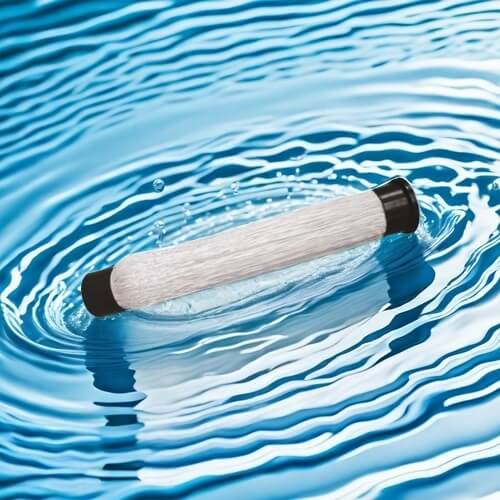Treatment methods for copper-containing wastewater from circuit boards
Wastewater generated during the production of circuit boards usually contains high concentrations of copper ions and other heavy metals. If these pollutants are not effectively treated, they may have serious impacts on the environment and human health.
Characteristics of copper-containing wastewater from circuit boards
Circuit board wastewater mainly comes from processes such as electroplating, cleaning and rinsing, and contains the following main components:
Copper ions: copper salt solutions used in the electroplating process.
Heavy metal ions: such as nickel, chromium, etc.
Organic compounds: such as surfactants and cleaning agents.
Because these components are toxic and polluting, they must be treated before they can be discharged or reused.
Common treatment methods for copper-containing wastewater from circuit boards
1. Chemical precipitation method
Chemical precipitation is one of the most commonly used methods for treating copper-containing wastewater. By adjusting the pH value of the wastewater, copper ions form insoluble copper hydroxide precipitates. The specific steps are as follows:
Adjust pH: Usually adjust the pH value to 6.5 to 8.5.
Add precipitants: such as sodium hydroxide or lime to promote precipitation reactions.
Solid-liquid separation: remove sediment through sedimentation tanks or filtration equipment.
This method is simple to operate and low-cost, but the generated sludge needs to be treated regularly.

2. Ion exchange method
The ion exchange method uses ion exchange resin to remove copper ions from wastewater. This method is suitable for low-concentration copper-containing wastewater and has the following advantages:
High selectivity: can selectively remove specific metal ions.
Strong regeneration ability: the resin can be regenerated by acid or alkali and reused.
However, this method has high requirements for water quality and large initial investment.
3. Membrane separation technology
Membrane separation technology (such as reverse osmosis and nanofiltration) can effectively remove soluble pollutants in wastewater, including copper ions. Its advantages include:
Efficient removal: high removal rate for small molecular pollutants.
High degree of automation: suitable for large-scale application.
However, the investment and operating costs of membrane technology are relatively high, and regular maintenance and replacement of membrane materials are required.
4. Electrolysis method
The electrolysis method uses electric current to reduce copper ions in wastewater to metallic copper, thereby achieving removal. This method is suitable for wastewater with low copper concentration. The specific steps include:
Set up electrodes: use stainless steel or lead electrodes.
Apply current: reduce copper ions to a metallic state through electrolysis.
Although this method can effectively remove copper, it consumes a lot of energy and requires regular cleaning of deposits on the electrodes.
5. Biological treatment method
Biological treatment uses microorganisms to degrade organic matter in sewage and can also adsorb some heavy metals. This method is environmentally friendly and low-cost, but has limited effect in removing heavy metals. It is usually used in combination with other methods to improve the overall treatment efficiency.
Conclusion
For the treatment of copper-containing wastewater from circuit boards, it is necessary to select a suitable method according to the specific situation. Chemical precipitation, ion exchange, membrane separation technology, electrolysis, etc. each have their own advantages and disadvantages. Enterprises should comprehensively consider factors such as wastewater composition, treatment effect and economic cost, and choose the most suitable treatment solution. At the same time, with the increasingly stringent environmental regulations, combining multiple treatment technologies to achieve the best effect will be an important direction for the sustainable development of the circuit board industry in the future.
